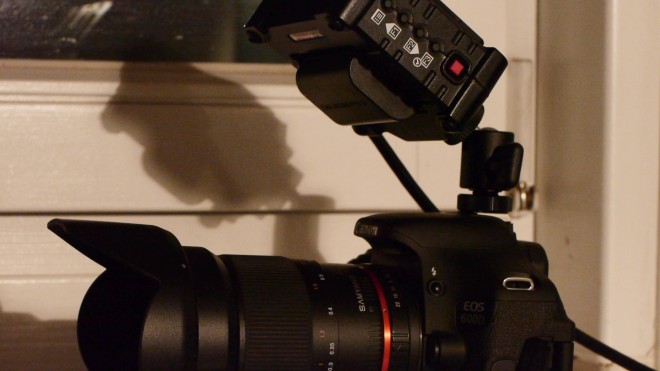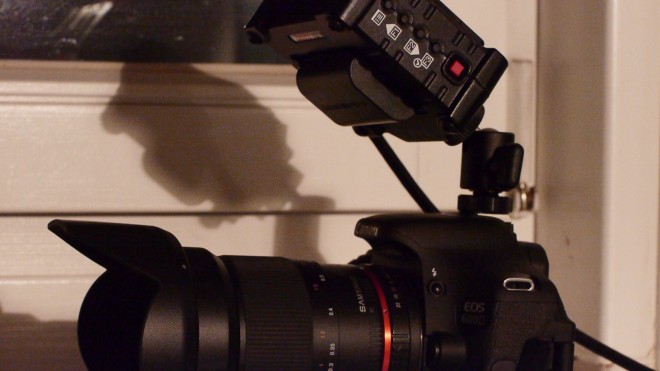1. AVCHD 42Mbit ISO 3200
2. MJPEG LPowell Low Light Patch
Disclaimer: things change fast in the hack world. What may be true today may not be true tomorrow. Always check the latest developments.
Ever since the GH1 was hacked, countless people have been shooting MJPEG when they’d get better results with AVCHD. It is really a shame to see all these projects shot in 720/30p with moire and noise, then they could be done in lovely true 1080/24p at 40+Mbit with a well resolved image.
Testing is not really all about ultimate performance. The purpose is to increase our understanding of the firmware.
The problem I have with the constant stream of LPowell MJPEG settings is twofold
- As a test, they don’t lead anywhere. These MJPEG bitrate settings are long ago understood and a dead end as it stands. It is just flicking the same switch again and again and labelling it differently.
- As a performance patch, it doesn’t work. Because you get better image quality from the GH2 by using the AVCHD mode.
LPowell’s patches proclaim to be all about performance. People have really bought the technical kool aid from the forums and used these patches in their projects. With labels like ‘high reliability’, ‘very reliable’, ‘reliable’, ‘low light’ who can blame then? There’s such a large array of Powell MJPEG patches out there now and all of them just give you upscaled 720/30p with more noise and moire than the AVCHD mode.
Now LPowell has done a ‘Low Light’ MJPEG patch for the GH2 and like all the others it just slightly changes the E1, E2, etc. quality settings related to bitrate. Since we are talking performance claims I thought I’d put it to the test.
LPowell:
“The MJPEG encoder excels in difficult low-light conditions where the AVCHD encoder cuts down its bitrate to minimum quality levels. On the GH1, MJPEG HD mode could be relied on to produce bitrates over 24Mbps even in dimly-lit scenes. With patch settings optimised for consistent bitrate production, the GH2 can maintain high bitrates of up to 100Mbps across the entire exposure range, producing high-quality images under any and all illumination levels”
Now you would think from this that we should all rush out and start shooting at ISO 3200 in MJPEG instead of AVCHD.
The reality is rather different.
Click to enlarge for the 1080p versions since the differences are minimal viewed so small on the web.
AVCHD at 42Mbit, GH2, ISO 3200, Canon 50mm F1.2L
MJPEG at 100Mbit with LPowell patch, GH2, ISO 3200, Canon 50mm F1.2L
Results:
- MJPEG has higher chroma noise overall
- It also has lower detail so you cannot run Neat Video to win back detail as effectively as you can with AVCHD 1080p
- MJPEG has pink tint due to less noise reduction in the red channel
- Coloured moire on fine detail (Look at the hand grip of 600D and around the EOS badge lettering)
- It’s 30p and I much prefer cinema 24p
- File sizes are much larger due to the i-frame only MJPEG
- Maximum clip length reduced in some cases to less than 1 minute
It’s time the MJPEG misconceptions ended, so with the release of the next PTools a limited selection of MJPEG presets will be added by Vitaliy.
These will represent what is current possible with MJPEG and cut down on the distraction of hundreds of ‘performance patches’ and constant tweaking of bitrates. There’s a baffling array of settings out there and it’s become increasingly hard to recommend one. Now with Vitaly’s MJPEG presets built in, people can (for example) just select A, B or C and that will represent the state of the play.
Performance tuning MJPEG when we could be testing exciting new AVCHD encoder functionality is like a race team spending all day at a test track trying to beat the lap record by tweaking the wheel nuts when they could be understand the aerodynamics and testing new ideas. Constantly shuffling the MJPEG bitrate around doesn’t lead to new features or better image quality than AVCHD.
The true potential of MJPEG mode has yet to be realised. On the GH1 it was quickly superseded by AVCHD at 44Mbit and on the GH2 the situation is the same. I see it as interesting for the future especially for anamorphic. If we get true resolution from the scaling of the sensor and 24p only then might it give us better image quality.
The main problem is that it’s not 24p or even true 1080p and in 4:3 mode the image is upscaled from just 480 lines of resolution. Shuffling the bitrates around like LPowell has been doing doesn’t help that and doesn’t lead us in the right direction or help our understanding. There’s also no 4-2-2 on the GH2’s MJPEG mode like there was with the GH1 so that use for MJPEG is not applicable any more. MJPEG also has moire where AVCHD has none and it is far less clean looking in low light. MJPEG has slightly less mud than AVCHD on fast sweeping handheld motion and camera shake, so it may be an artistic preference for action scenes but to be honest there isn’t much noticeable difference in practicality.
Until now, if it’s performance and image quality you’re after, ignore MJPEG and shoot AVCHD.






